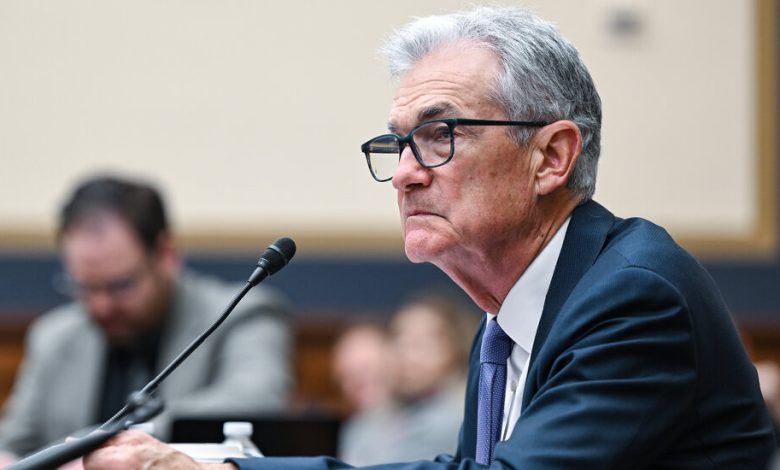Soft Landing or No Landing? Fed’s Economic Picture Gets Complicated.

America seemed headed for an economic fairy-tale ending in late 2023. The painfully rapid inflation that had kicked off in 2021 appeared to be cooling in earnest, and economic growth had begun to gradually moderate after a series of Federal Reserve interest rate increases.
But 2024 has brought a spate of surprises: The economy is expanding rapidly, job gains are unexpectedly strong and progress on inflation shows signs of stalling. That could add up to a very different conclusion.
Instead of the “soft landing” that many economists thought was underway — a situation in which inflation slows as growth gently calms without a painful recession — analysts are increasingly wary that America’s economy is not landing at all. Rather than settling down, the economy appears to be booming as prices continue to climb more quickly than usual.
A “no landing” outcome might feel pretty good to the typical American household. Inflation is nowhere near as high as it was at its peak in 2022, wages are climbing and jobs are plentiful. But it would cause problems for the Federal Reserve, which has been determined to wrestle price increases back to their 2 percent target, a slow and steady pace that the Fed thinks is consistent with price stability. Policymakers raised interest rates sharply in 2022 and 2023, pushing them to a two-decade high in an attempt to weigh on growth and inflation.
If inflation gets stuck at an elevated level for months on end, it could prod Fed officials to hold rates high for longer in an effort to cool the economy and ensure that prices come fully under control.
“Persistent buoyancy in inflation numbers” probably “does give Fed officials pause that maybe the economy is running too hot right now for rate cuts,” said Kathy Bostjancic, chief economist at Nationwide. “Right now, we’re not even seeing a ‘soft landing’ — we’re seeing a ‘no landing.’”



